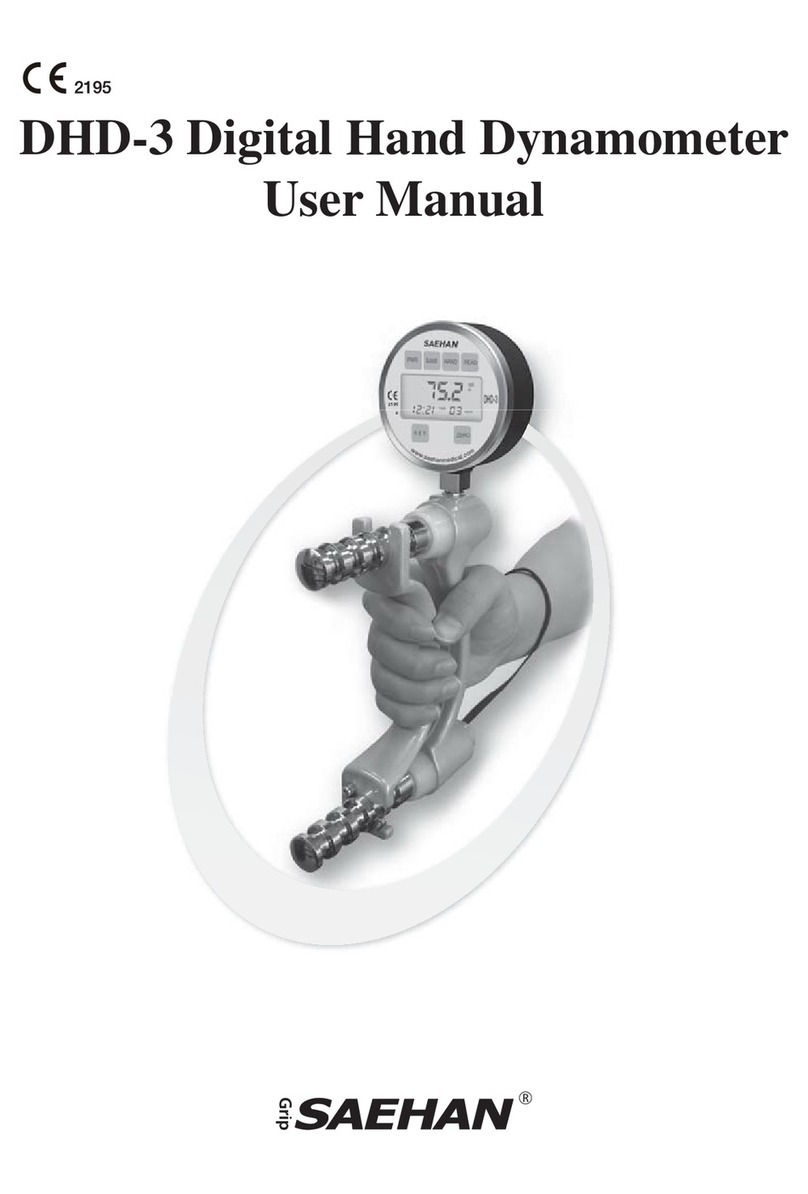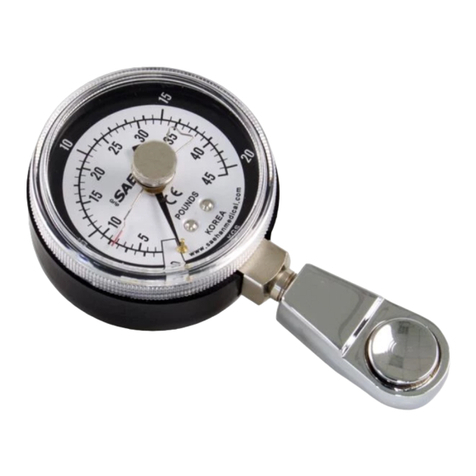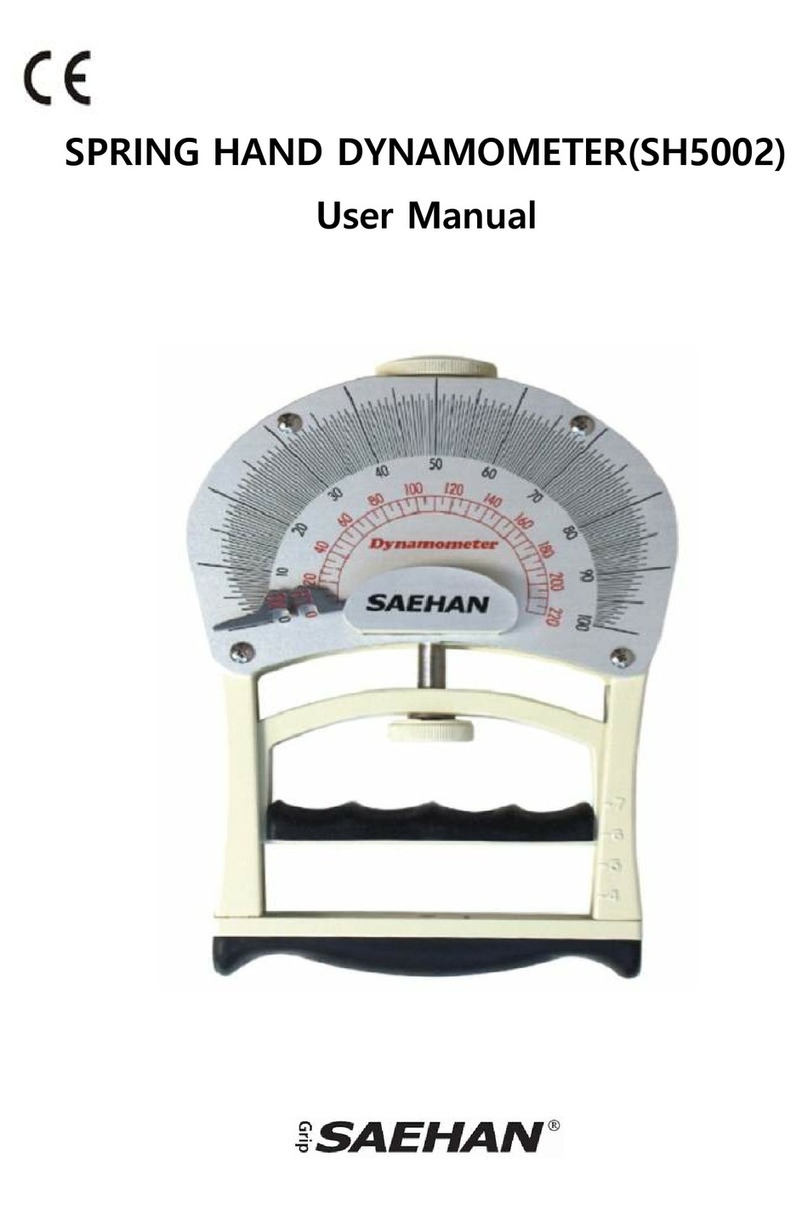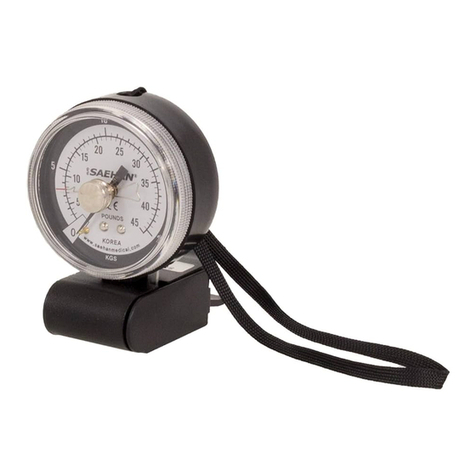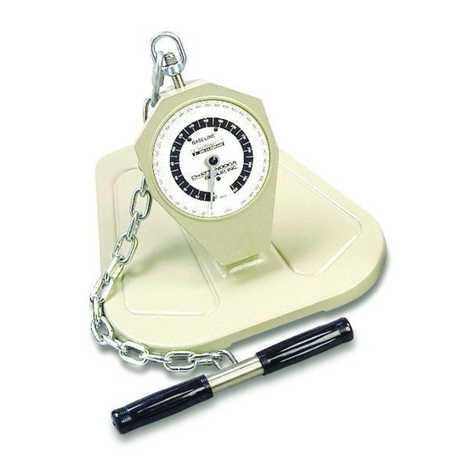
4
DHD-1 Digital Hand Dynamometer - Operating precautions
Do not expose the equipment to high temperature over 60°C (140°F) and high
humidity to reduce the risk of electric shock. Do not touch the device with wet
hands.
The internal connections and external gauge cover are insulated with plastic and
flame retardant materials to prevent induction of electrical current. In addition,
the device body and the handle which are subject to contact with human body
parts (hands) are also insulated.
The device can be cleaned by wiping the surface with a soft cloth dampened
with water and then drying the surface thoroughly with a clean cloth. Do not
use any of the following chemicals for cleaning the device or the protective case
resulting in damage:
- Thinner, benzene, alcohol, insect repellent, pesticide, sunscreen, etc.
Do not touch the any part of the device with hands stained with any of the
substances listed above.
Do not make contact of the USB cable and patients. This will prevent risk of
slight electric shock.
Guidance
This device should be only be used by professionals (or under the direction a
professional) that fully understands the contents of the manuals before usage.
Although synthetic resins, with hardness in accordance with standards, are
used in the protective gauge cover, avoid abnormal shocks to the gauge such as
dropping from any height onto a hard surface.
The USB cable provided is USB A – mini B USB 2.0 cable (480Mbps) and is
used to charge the battery and to transmit data. Be careful to avoid damaging the
connector ends of the cable by forcing into the device or PC. Pay attention to the
shape of the connectors and the shape of the receptacles on the device and PC.












